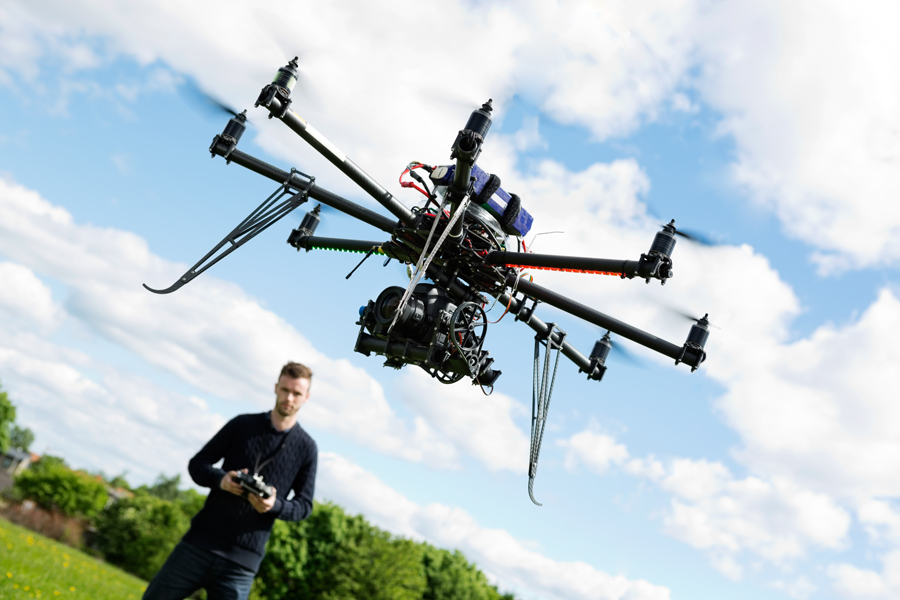Drone regulations explained
27th September 2019
Farmers are being urged to fully understand the legal implications of drone use and seek training ahead of new 2020 regulations. New regulations published on 21st June by the Civil

Farmers are being urged to fully understand the legal implications of drone use and seek training ahead of new 2020 regulations.
New regulations published on 21st June by the Civil Aviation Authority (CAA) will require farmers to become more aware of how to deploy drones on their land. However, despite having been published, the EU unmanned aircraft regulations will not come into effect until July 2020. This gives farmers and other operators the opportunity to prepare for the proposed changes to drone use.
Cranfield University is a leader in aerospace research and the use of drones in agriculture. Through the Agrifood Training Partnership (AFTP), Cranfield is offering farmers, agronomists, and anybody likely to use drones in agriculture, the opportunity to learn how drones can be used responsibly and effectively to monitor and manage crops.
Dr Monica Rivas Casado, who will tutor a flexible e-learning online course entitled ‘Drones for crop production’ which starts on November 18th explains: “The use of drones in agriculture is increasing. However, regulations governing the use of drones in all areas are becoming more complex. It is therefore important that farmers understand how drones can benefit crop production whilst also being able to use drones within the regulations set out by the CAA.”
Research compiled by Price Waterhouse Coopers estimates 76,233 drones will be used in the UK by 2030. It is further estimated that over a third of these drones (25,732) will be used in agriculture. Farmers already use drones for crop spraying and health assessments. The drones use normal and thermal cameras to deliver a level of insight into field crop health that is not obvious to the eye and reduces the need for farmers to walk fields to understand how well crops are performing.
“Drones offer farmers an opportunity to view crops quickly and efficiently. The efficiencies drones offer can save crops from disease and feedback vital information about how well crops are establishing. However, it is crucial that farmers understand how to deploy drones safely and effectively on their farm by being aware of these new regulations,” says Monica.
In addition to being aware of CAA regulations, those who study the course will also learn how drones can be applied in agriculture, how to differentiate between drones, and what software is available for crop monitoring. The course will cover how to interpret the data generated by drones and how this can be used to improve crop and land management. Soil health, crop establishment and disease can all be assessed by evaluating drone data which saves time and discovers crop production issues more quickly.
“The projected increase in food demand, driven by climatic factors, increased populations and land shortage shows that accurate information regarding crop production is becoming increasingly important. This information will assist crop management decisions and improve farm productivity. Traditional crop monitoring methods, using ground survey and aerial photography, have limitations that the use of low cost, lightweight and easily deployable drones can overcome,” concludes Monica.
For more information on the course offered by AFTP through Cranfield University visit https://www.aftp.co.uk/course/drones-crop-production/single_course


